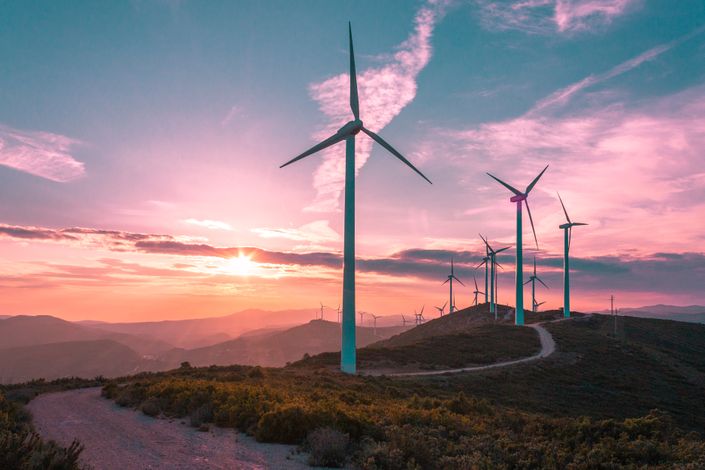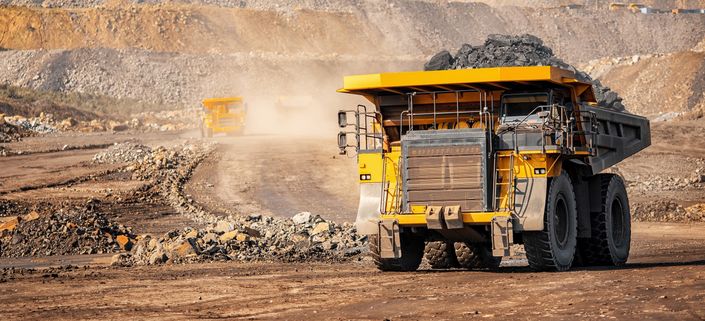Renewable Energy Resources
By: Greg Ahuy
Date: April 15, 2021
In this article, we will discuss how wind and solar resources are measured.
We will mostly focus on examples of wind resource measurement, however, the steps performed to estimate wind resources are practically the same for solar resources.
Wind Resource is defined as wind speed at the intended site of installation of the wind turbines that results in energy generation. Similarly, the solar resource is solar radiation conditions at the site where solar panels will be installed.
In order to develop future energy production for a wind or solar farms, renewable resource assessments are done.
Typically, this wind or solar resource assessment begins with prospecting the available data such as wind or resource maps, various available measurements from existing nearby wind or solar farms and other publicly available information. The purpose of prospecting is a preliminary selection of the site for wind turbine or solar panel installations.
At the second stage, the developer measures the wind speed or solar radiation at the site, typically for at least one year. Data is also collected from nearby long-term reference stations such as airports or weather stations for wind projects.
Once the wind speed or solar radiation data is obtained, various calculations have to be performed to estimate the future energy production.

Let’s review the wind measurement data.

Here we have an hourly wind measurement data for 1 year. On the vertical axis, wind speed, measured in meters per second, is given.
And, horizontal axis measures time in hours.
Note how volatile wind speed is, it varies from 0 to 26 meters per second.
The next step is to create a histogram from the wind speed.
Here, on the vertical axis, we have the number of hours and the horizontal axis measures the wind speed.
You can see that most of the wind is happening between 2 and 10 meters per second.
Once wind data is ready, wind engineers combine wind data with wind turbine’s S curve, or power curve.

S curve measures electrical energy output at different wind speeds.
Here, on the vertical axis power generation capacity in kilowatts and on the horizontal axis you have wind speed in meters per second.
First, note that there is no energy output at wind speeds between 0 and 3 meters per second. The wind turbine starts energy production at a wind speed of 3 meters per second, this point is known as cut in power.
At speeds above 3 meters per second, the energy output rises, until the wind speed reaches 11 meters per second. At 11 meters per second, the energy output reaches its maximum level of 1815 kilowatts.
This point is known as rated power, which represents maximum potential energy that wind turbines can generate.
Finally, at wind speed above 20 meters per second, the rotor stops in order to prevent damage. This point is known as cut-out power.
Cut-in, cut-out and rated power depend on the turbine and turbine manufacturer.
The next step is to combine wind pattern data and wind turbine S curves to model forecast energy output over time. This is typically done using Monte-Carlo simulation, which yields a gross generation of the project.

Once the gross energy generation is available, the numbers are adjusted for the losses such as downtime for maintenance that we have discussed in the previous lesson, and Monte-Carlo simulation is re-run in order to arrive at the net energy generation.
Then, after that, the probabilistic distribution is obtained, which is typically a bell curve. The bell curve is used to generate different energy production profiles, and particularly for calculating probabilities of exceedance.
A probability of exceedance in renewable energy indicates the annual energy production level that is exceeded with a certain probability.







